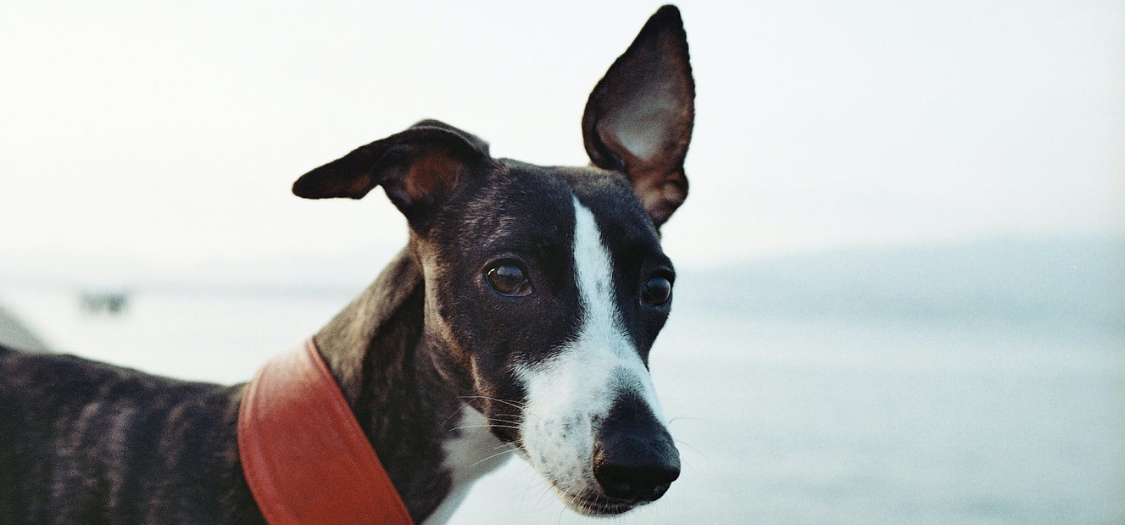Corns are very common in greyhounds with 80% of corns occur in your dog’s front legs, typically in the 3rd or 4th toe digit, although they can occur anywhere.
Corns can be very painful, cause great discomfort for your greyhound, and make them limp. Corns appear on the paw and can feel like a hard spot. Corns are generally round in appearance and may have raised edges or a pale ring around them.
Read more about Corns: Causes, Prevention and How to Help
Your Greyhound Might Limp
Take your greyhound to your vet for a confirmed diagnosis, it is also important to know that some vets have little or no experience of corns and incorrect diagnosis is relatively common.
For this reason, we recommend you insist on their feet being very carefully checked. Also, it is a good idea to read up on corns beforehand and take relevant material with you, for the vet to consider.
Buy Special Greyhound Boots
- Most greyhound owners buy special greyhound boots rather than opt for surgery. Boots can both prevent and reduce a corn. The best greyhound boots on the market are Hunnyboots. Their shape is specifically designed for greyhounds, so slim and long like a greyhound paw which means they don’t fall off like regular dog boots found online:
Find Hunnyboots here
Get a Deep Soft Dog Bed
- Get a deep and soft dog bed for your greyhound. Their paws are often very painful, so it is important they have a soft bed
Join the Excellent Facebook Goup
- There is an excellent Facebook group 'Greyhounds with Corns' especially designated for greyhounds with corns. Greyhound owners share ideas, treatments and frustrations with corns. Join the Facebook Greyhounds with Corns here
Surgery is a Last Resort
- Surgery is a last resort with debatable outcomes, so don’t be pressed into this treatment option until you have tried all others. The first, and most preferred, treatment method is to have the corn “hulled”.
- Although some do this themselves at home, it is really important you first speak to your vet. To hull a corn your vet will use a dental root elevator. This instrument is like a cross between an ice-pick and a spatula.
- The vet will use it to gently elevate the corn out of its bed, eventually freeing it from the pad. Although there will be a hole left in the pad, this method is not painful and does not require sedation or anaesthesia and, best of all, provides almost instant relief.
- For best results soften the corn first by using a balm or cream for a few days or weeks prior.



